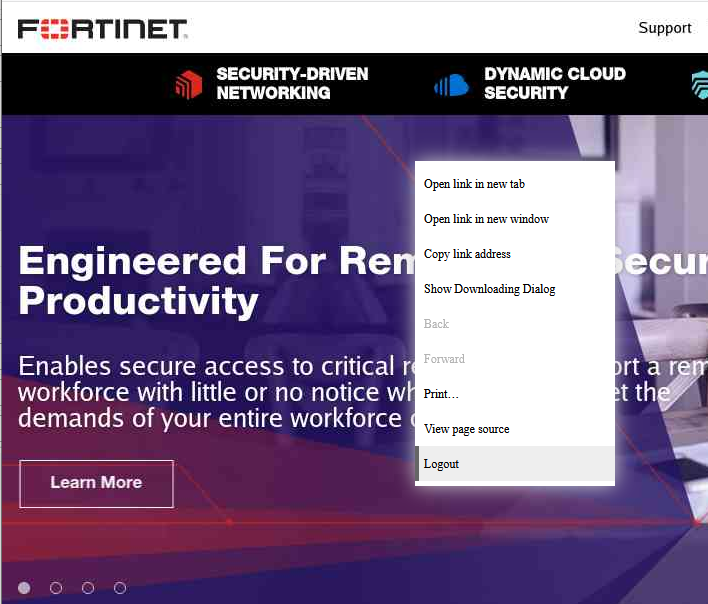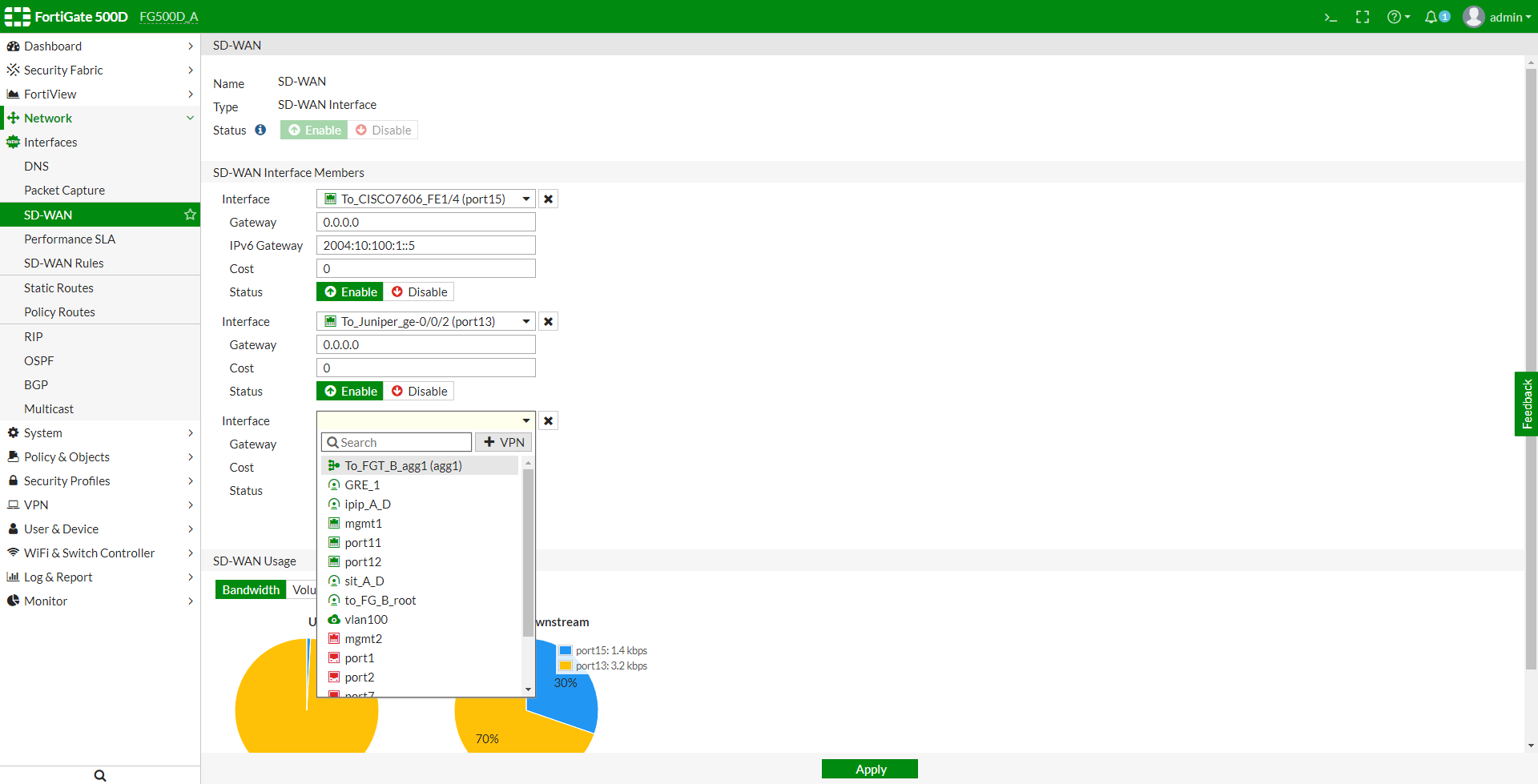

Do you inspect the traffic on your network? You have a firewall? Maybe an IDS appliance? That’s good news, do you inspect HTTPS traffic? In most cases the answer is no. For information, see the FortiOS CLI Reference. Select the Users/Groups, Realm, and Portal, then click OK.Ĭonfigure advanced SSL VPN options. Select the users and groups that can access the tunnel.Ĭreate a new authentication/portal mapping entry. Enter up to two WINS servers to be provided for the use of clients. Enter up to two DNS servers to be provided for the use of clients. Select to use the same DNS as the client system, or to specify DNS servers. These settings determine how tunnel mode clients are assigned IP addresses.Įither automatically assign address, or specify custom IP ranges. For information on using PKI to provide client certificate authentication, see the Authentication Guide. When the remote client initiates a connection, the FortiGate unit prompts the client for its client-side certificate as part of the authentication process. Select to use group certificates for authenticating remote clients.

Alternately, select a certificate template that is configured to use the FortiManager CA. Select the signed server certificate to use for authentication. The interface does not time out when web application sessions or tunnels are up. This setting applies to the SSL VPN session. When enabled, enter the amount of time that the connection can remain inactive before timing out, from 10 to 28800 seconds (default: 300) in the Inactive For field. If limiting access, select the hosts that have access in the Hosts field. This is generally your external interface.Īllow access from any hosts, or limit access to specific hosts.


To create SSL VPNs, you must be logged in as an administrator with sufficient privileges.


 0 kommentar(er)
0 kommentar(er)
